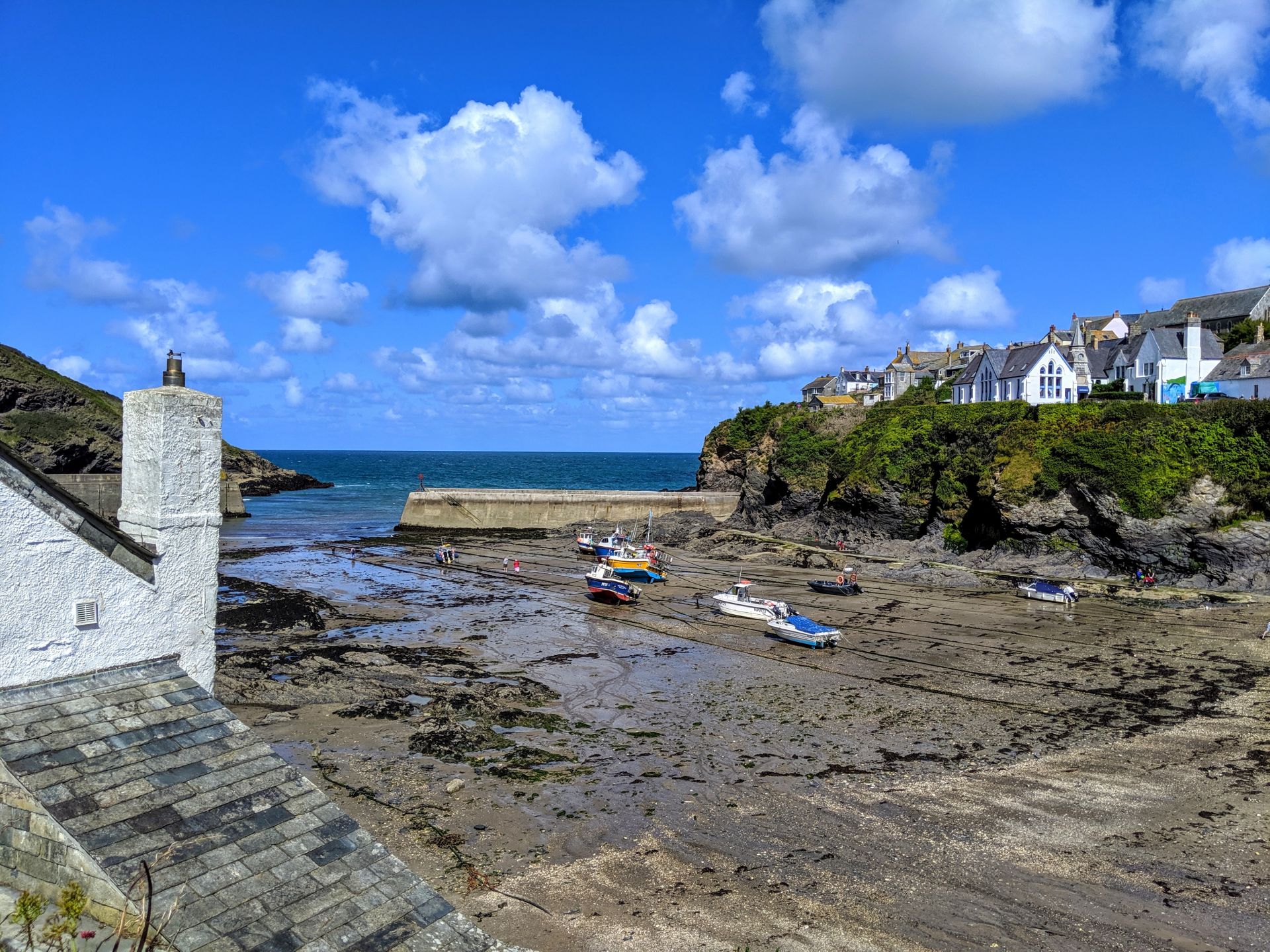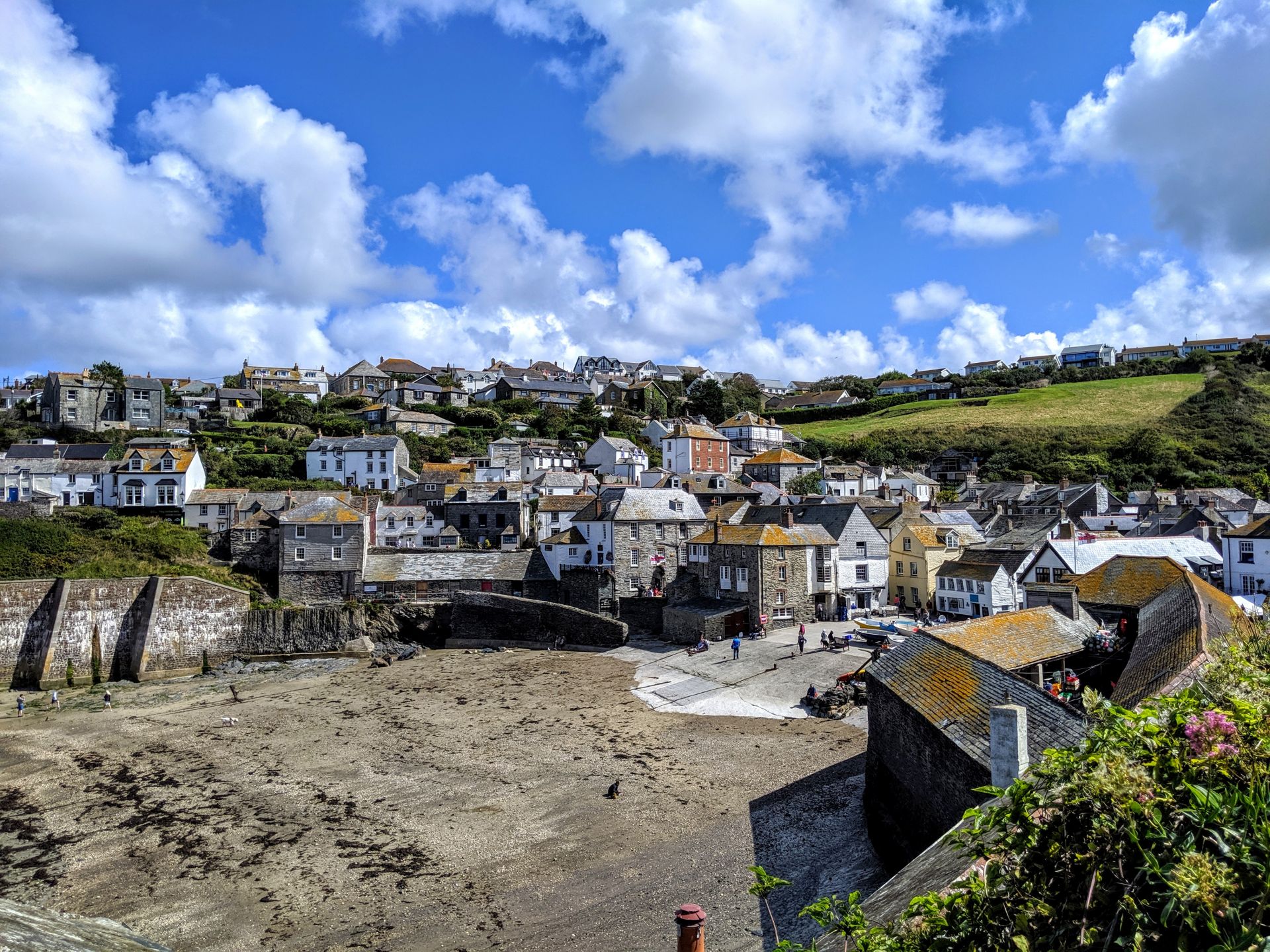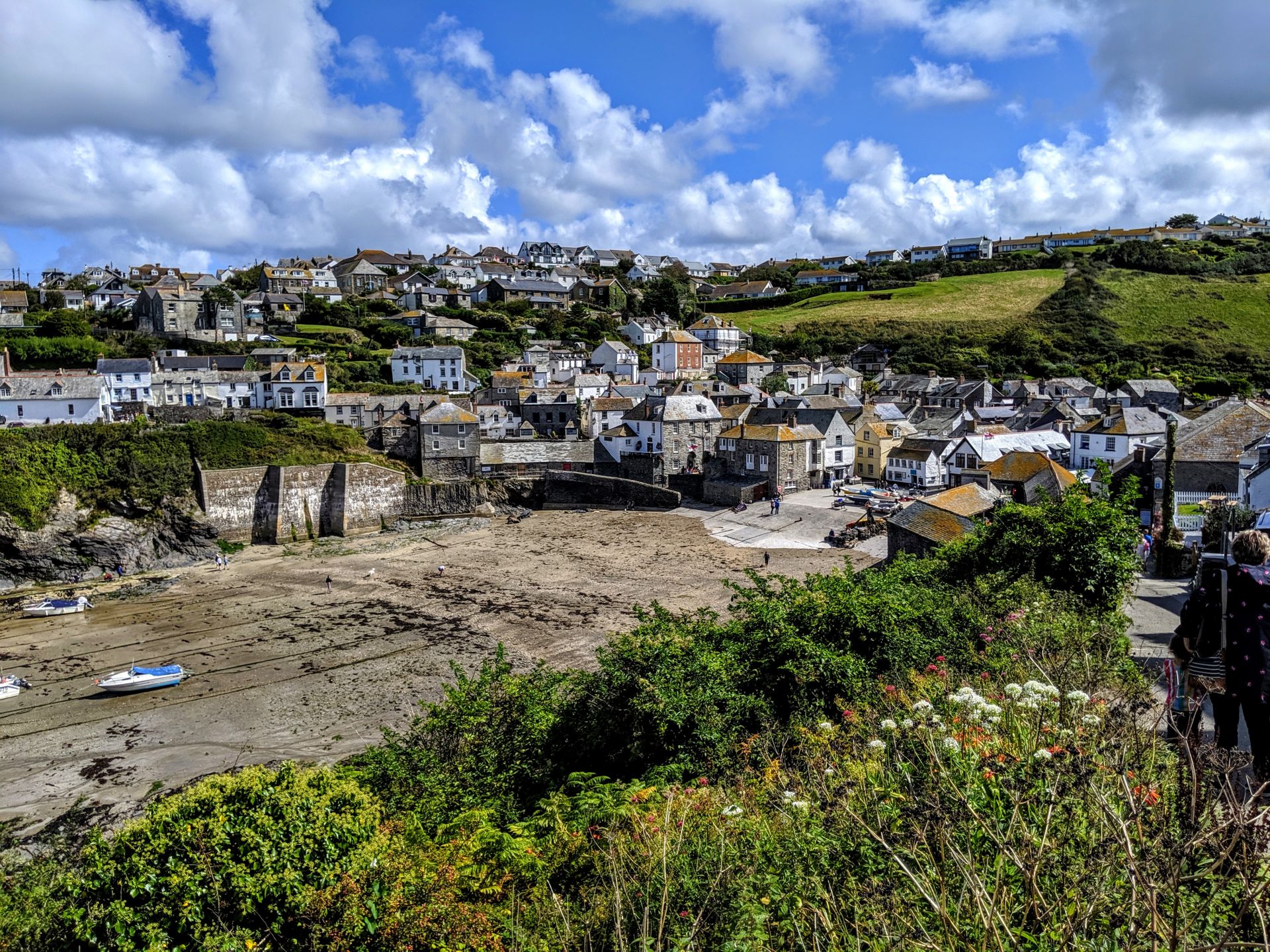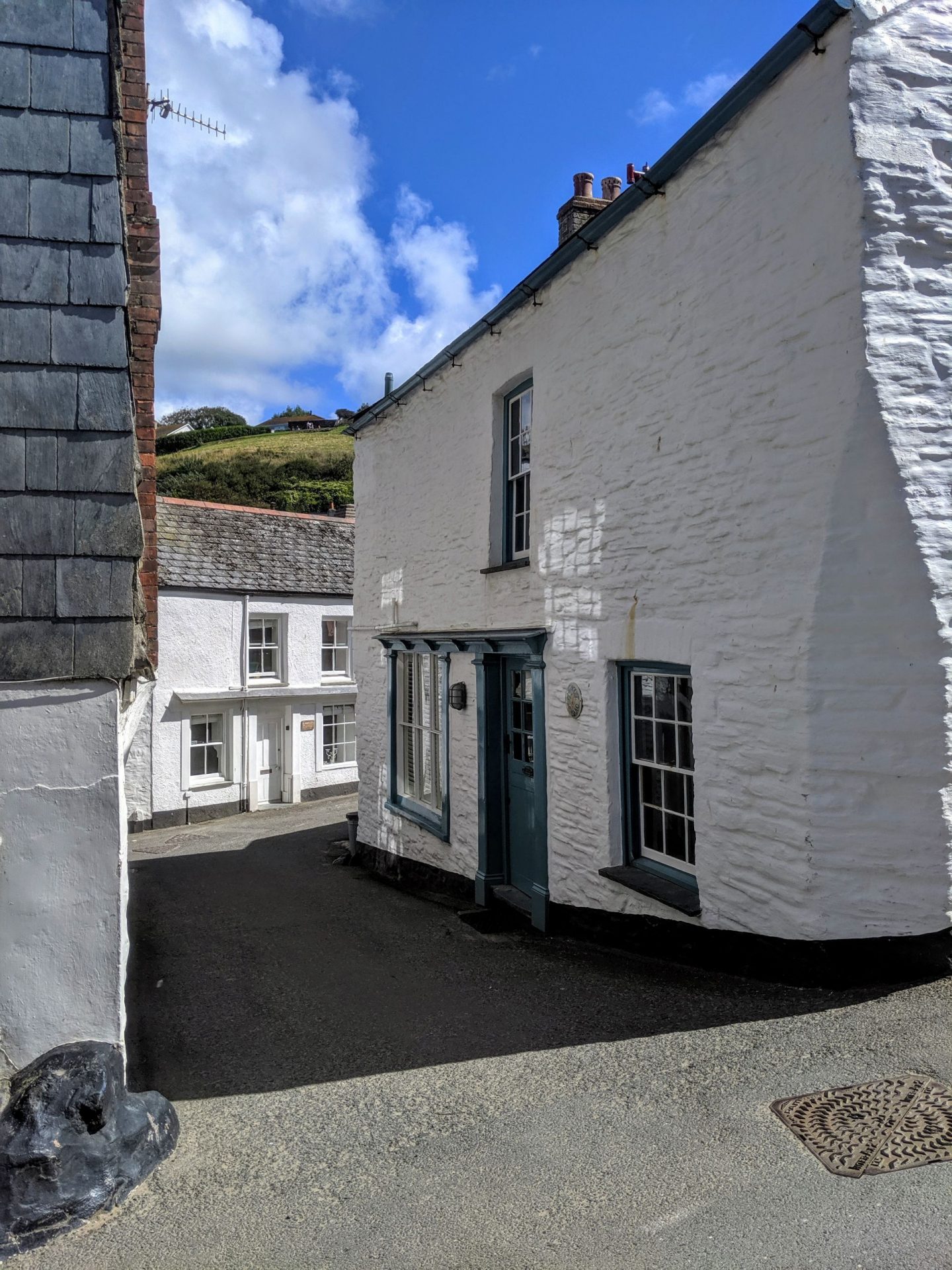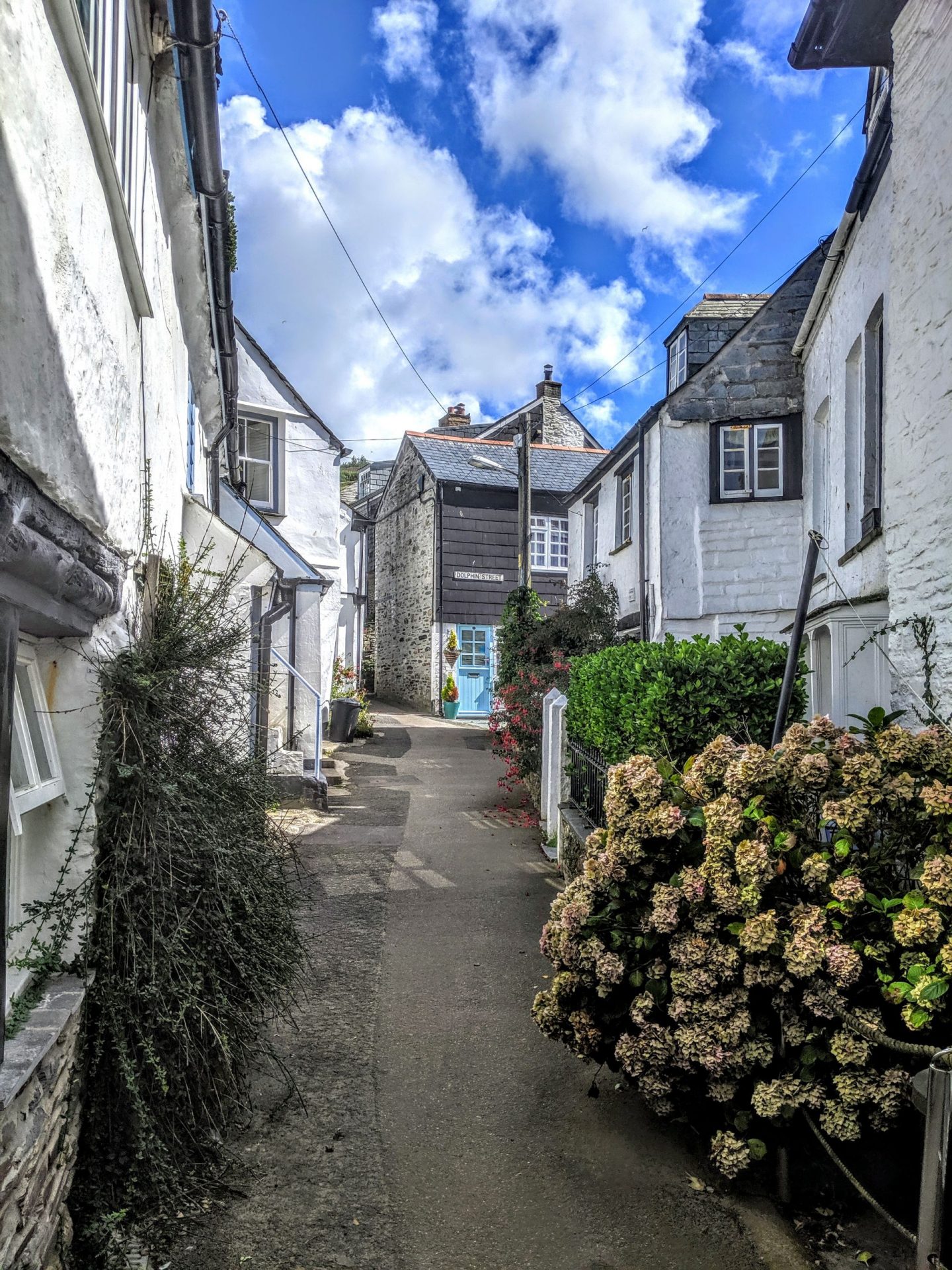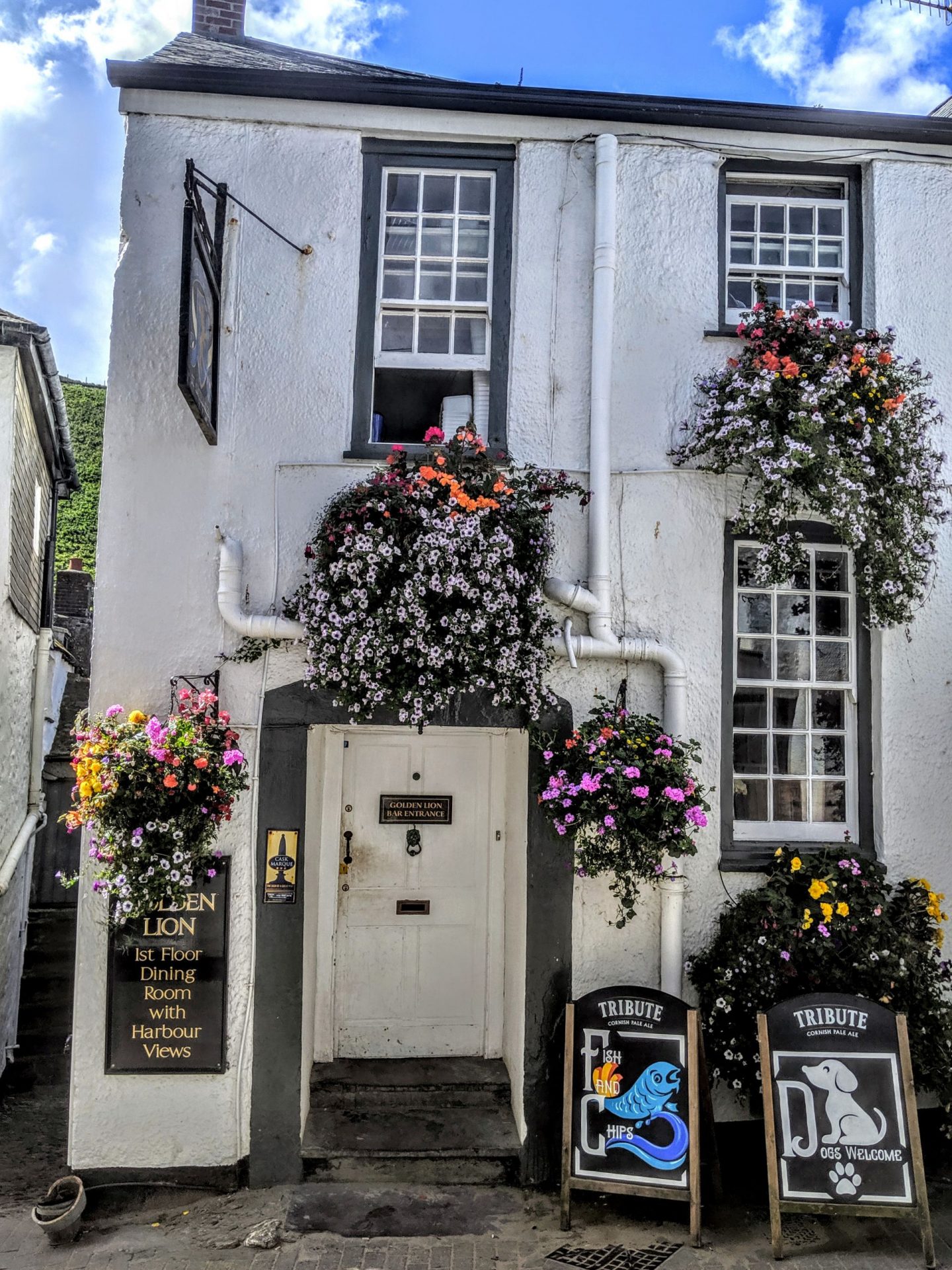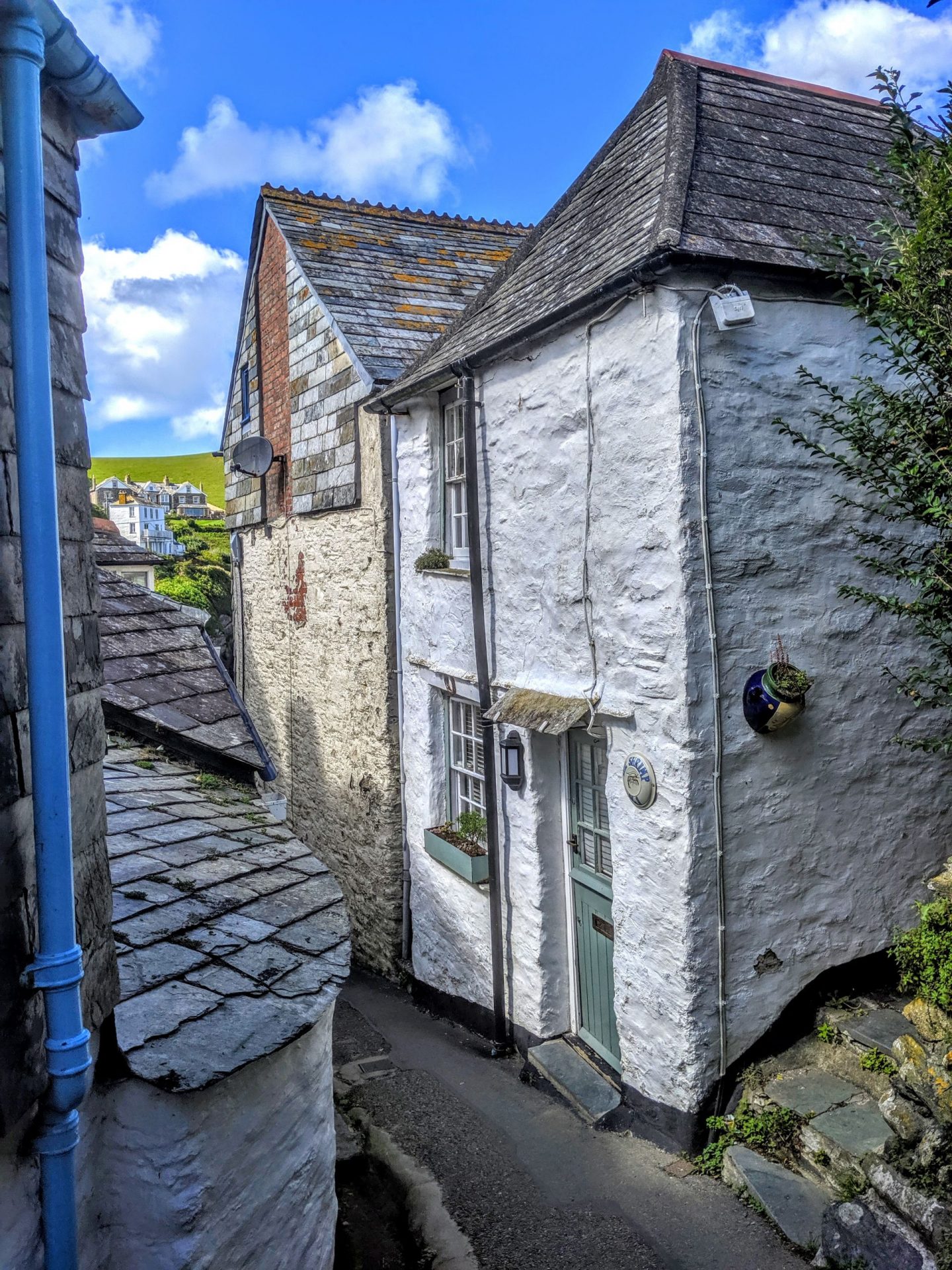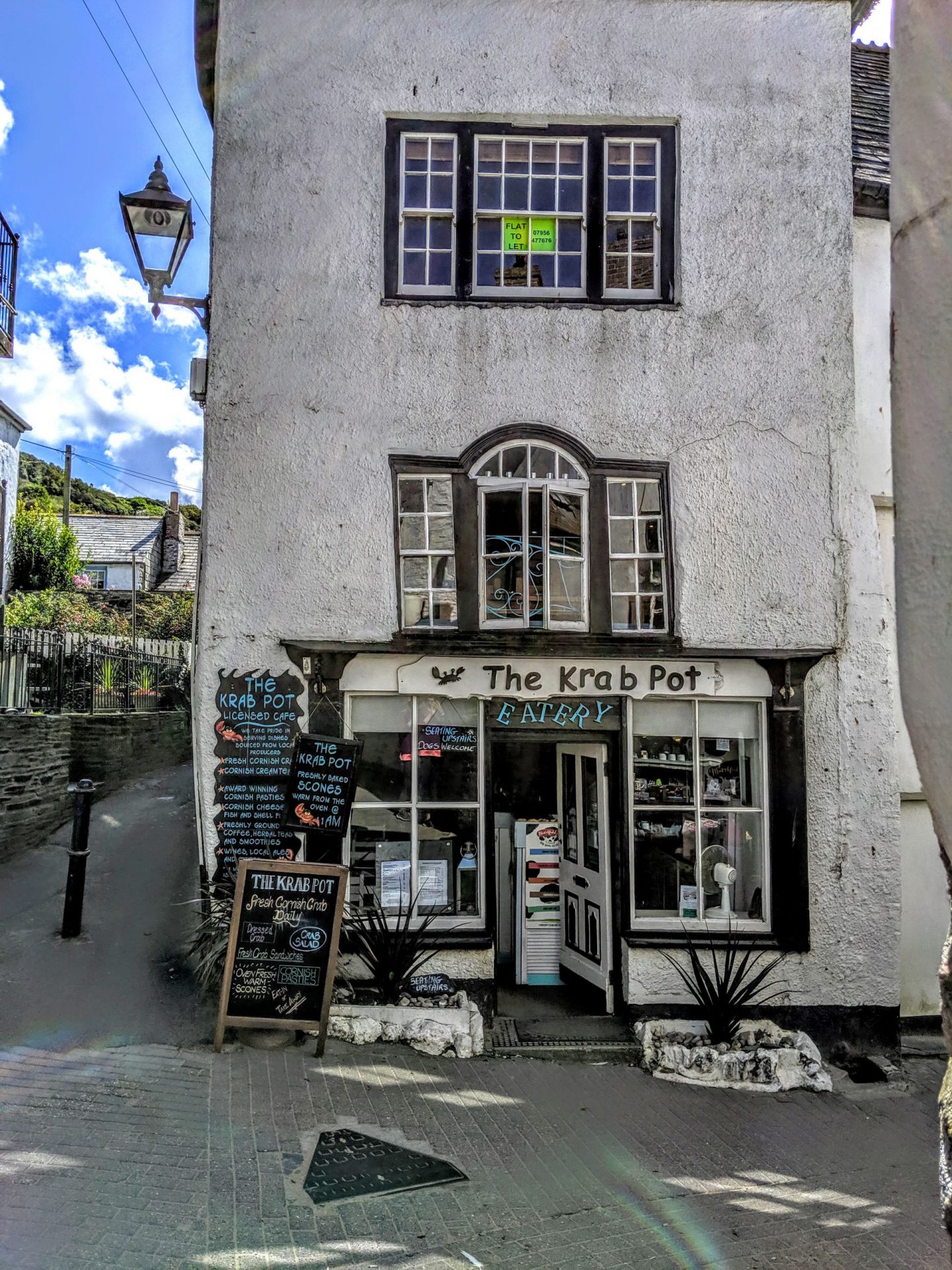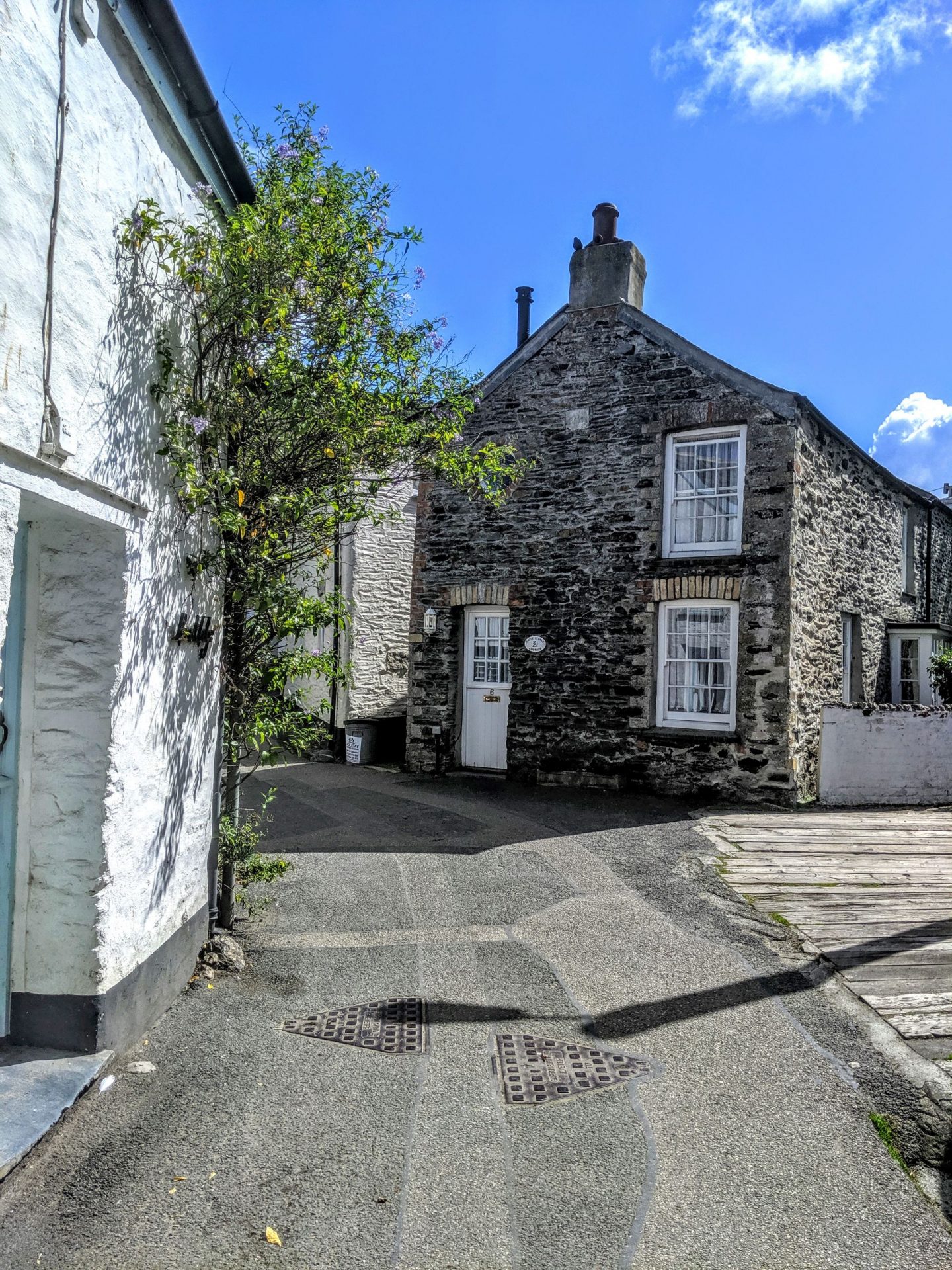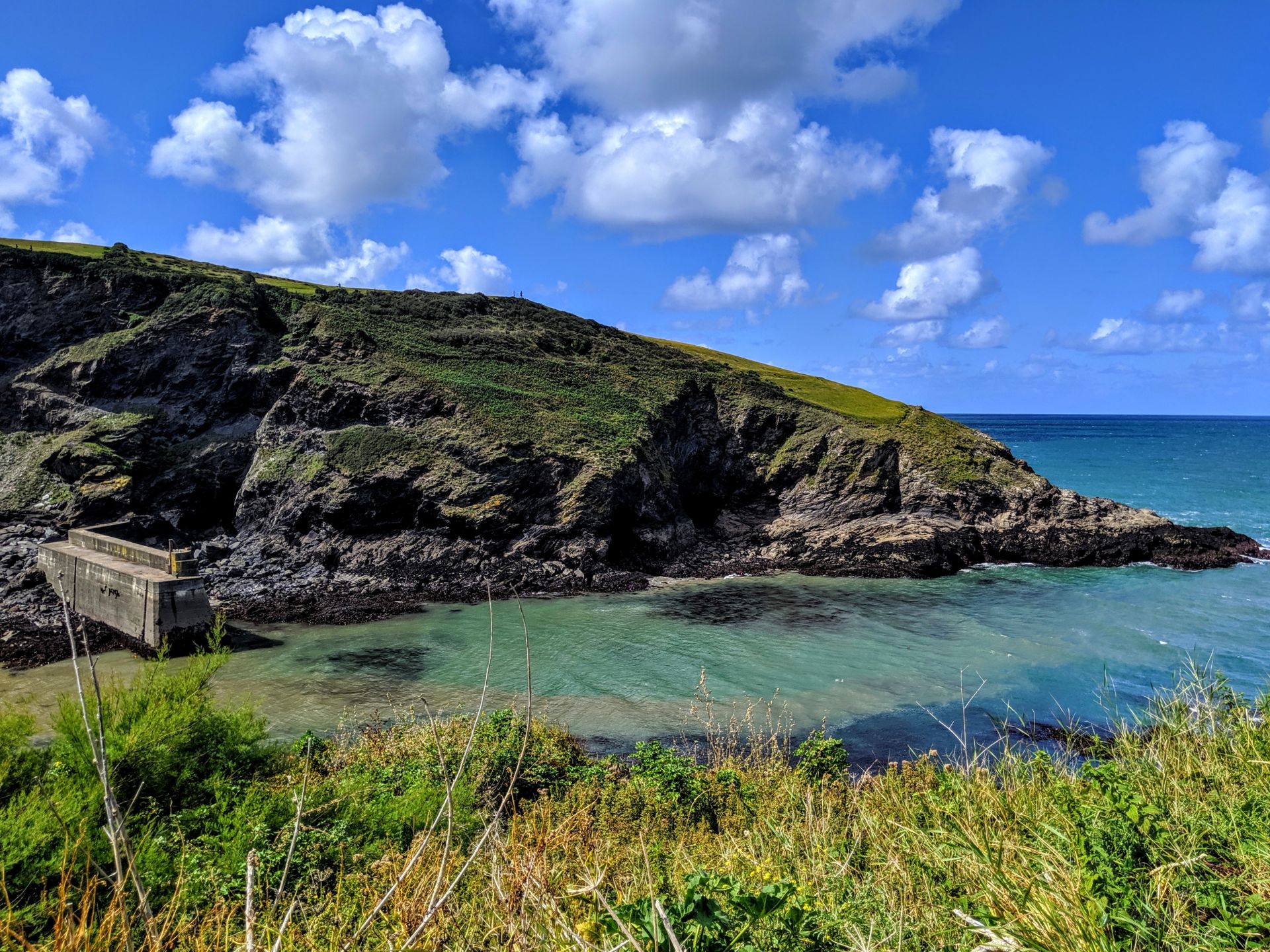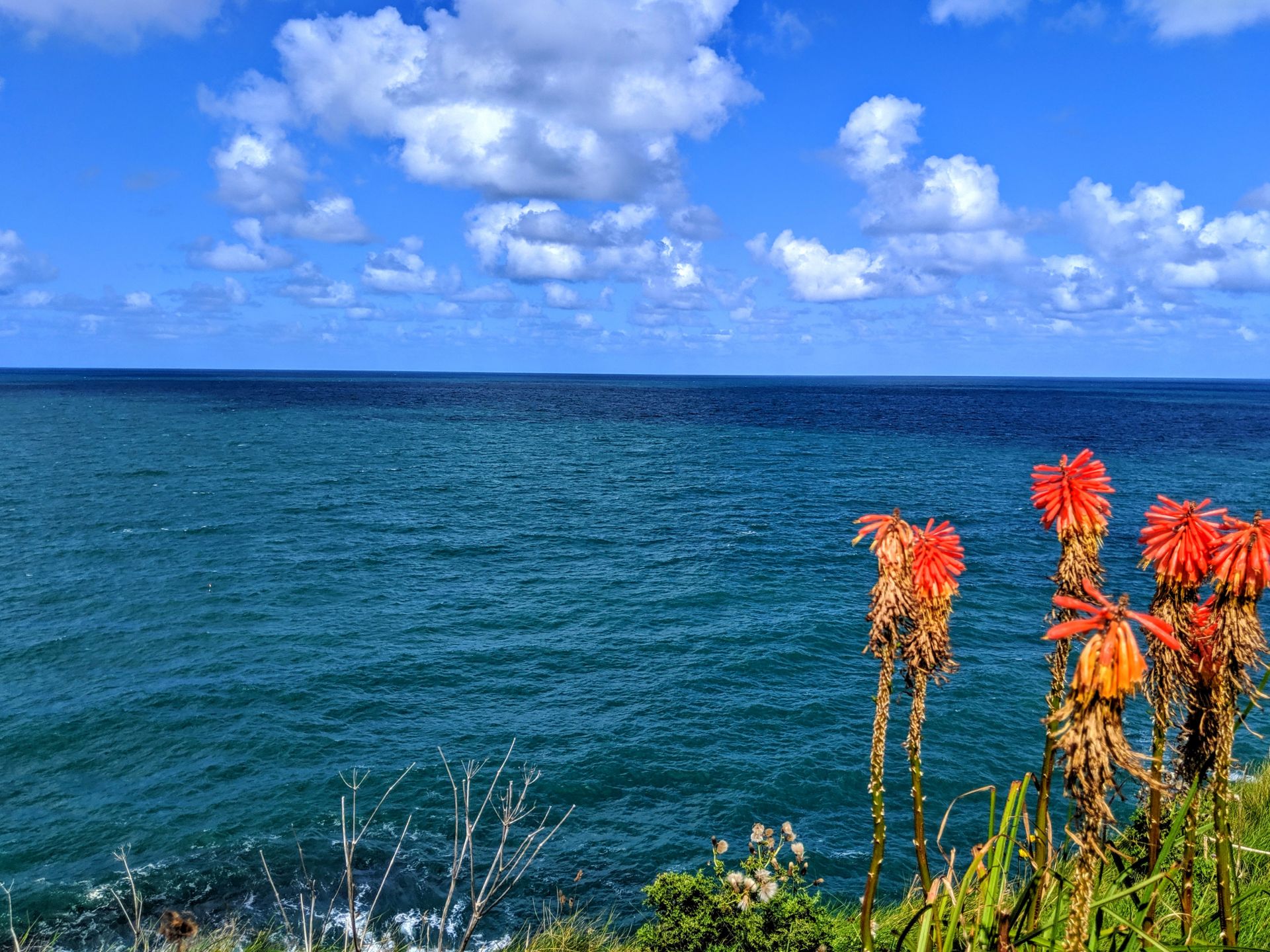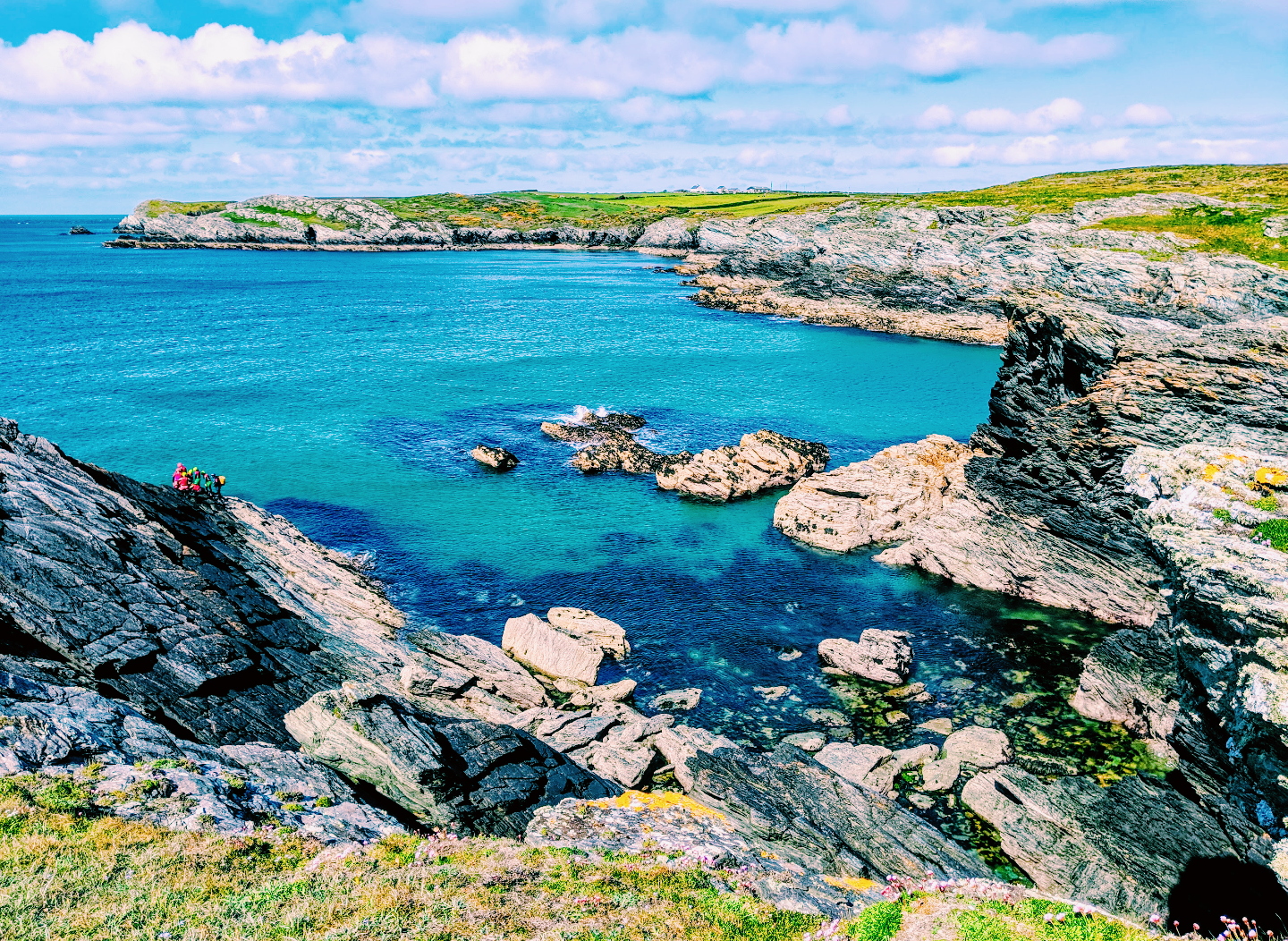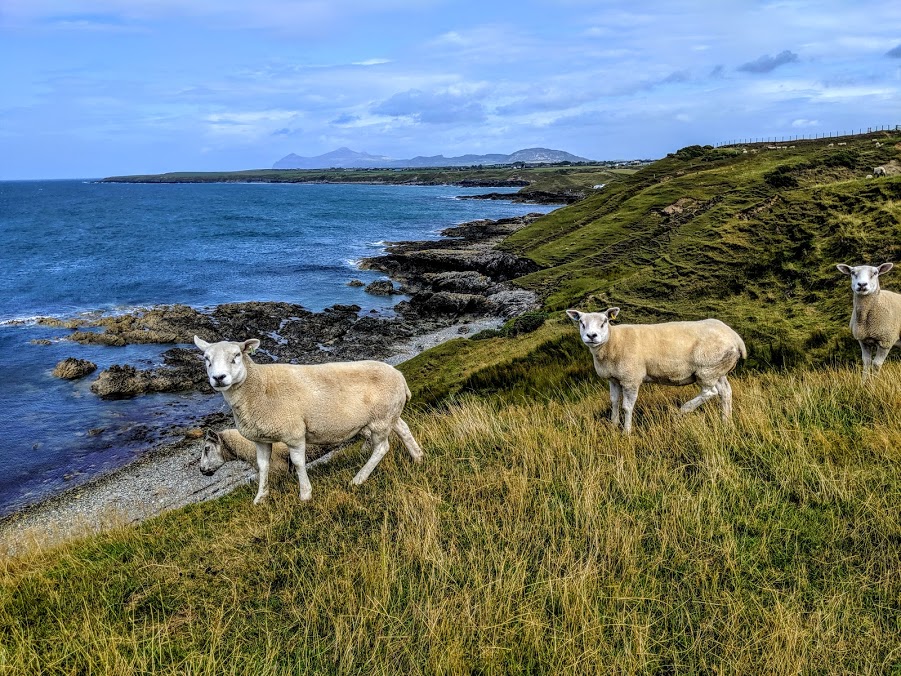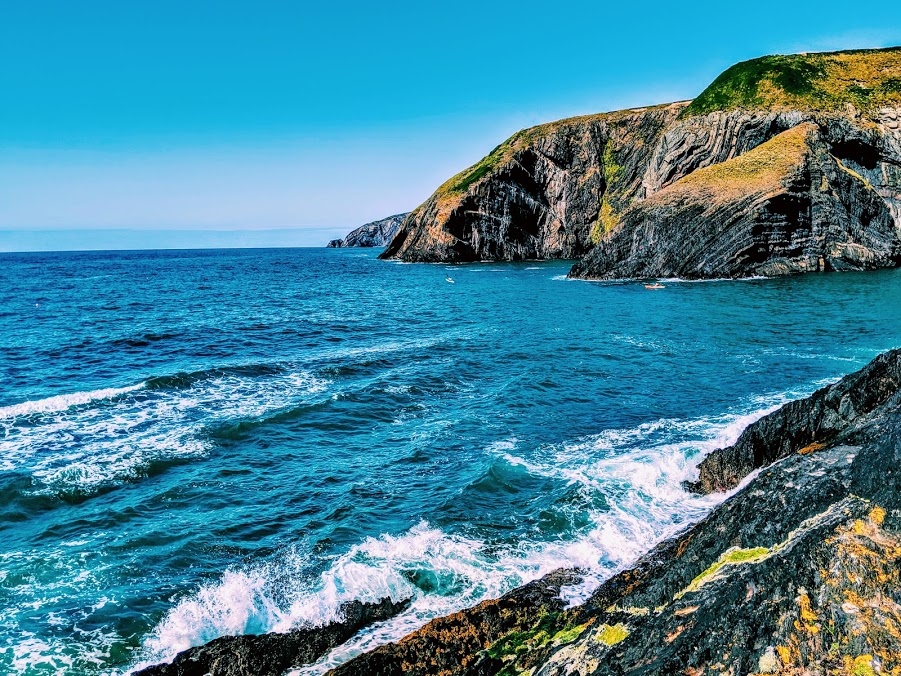“September is my favourite month, particularly in Cornwall. I felt, even as a child, that if you get a wonderful day in September, you think: ‘This could be one of the last, the summer is nearly over.’ If you get a wonderful day in May, you think: ‘So what, there’s more coming.’ Tim Rice
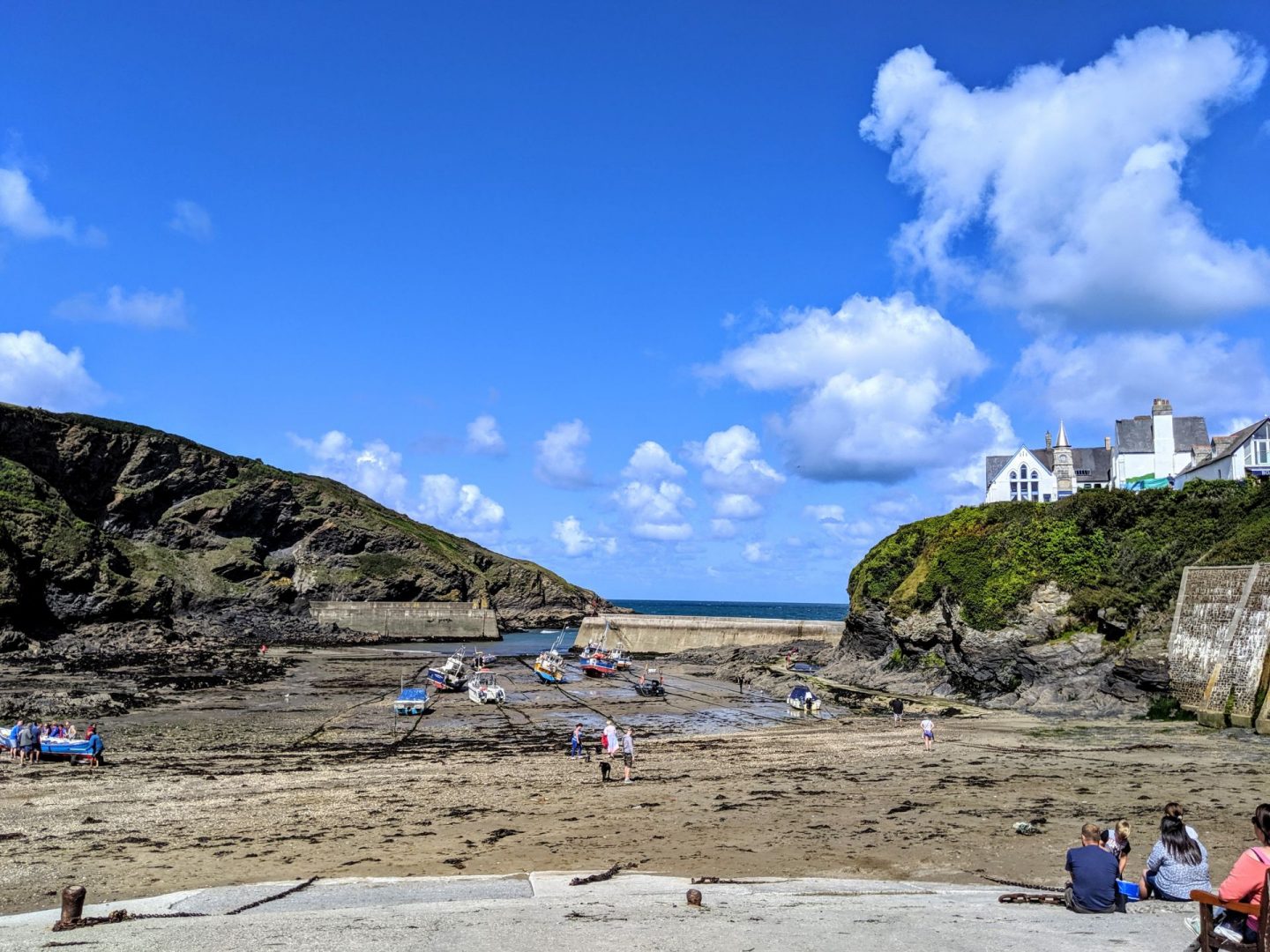
I was so dedicated to fitting as much as humanly possible into this trip that even after my 3am alarm the first morning I was still going strong exploring new villages. After filling up on lunch in Tintagel I headed to Port Isaac for some afternoon summer sun and because while researching places to visit in Cornwall saw some absolutely stunning pictures of this little fishing village. If you aren’t at Port Isaac first thing in the morning then I wouldn’t even try parking near it, there is a large car park about half a mile away from the village it’s self and don’t worry it’s worth the walk.
Port Isaac is a picturesque fishing village on the north Cornwall coast. The village centres around the harbour, with a pier built during the reign of Henry VIII and augmented with a more modern sea wall. Most of the houses clustered near the harbour date to the 18th and 19th centuries, when the harbour was a busy centre for fishing and coastal transport.

Port Isaac has a history as a base for pilchard fishing going back to at least the 16th century, though the port was in use as early as the Saxon period. Fishermen still unload their catches of crabs, fish, and lobsters at The Platt, a cobbled area sloping down to the tidal harbour. The harbour was a centre for shipping timber, Delabole slate, and corn. In fact the name ‘Port Isaac’ has nothing to do with ‘Isaac’ but comes from the cornish ‘Porth Izzick’, meaning ‘corn port’. There are probably more fish restaurants then any other kind in Port Isaac, definitely worth stopping by one and enjoying a cold glass of white wine and a fish supper.
The area surrounding the harbour was declared at Conservation Area in 1971, preserving it from modern development and protecting the 90 listed buildings near the harbour. If only more places had this protection!
Although I haven’t owned a TV in the last eight years I did know that Port Isaac has been the home to the Doc Martin television series, starring Martin Clunes. The series follows the life of Dr Martin Ellingham, a London surgeon who retreats to the fictional Cornish village of Portwenn to be a GP after he develops a fear of blood. In an interesting twist, the name of nearby Port Quin was originally Port Wen. Port Isaac was also used a setting for the original Poldark television series and for the feature film ‘Saving Grace’, which first introduced the Doc Martin character. (Had to Google the bit about TV, I have no idea about TV programs). I was definitely the only person in the village this day who hadn’t seen Doc Martin with lots of tourists holiday maps that showed all the building that had appeared on television.
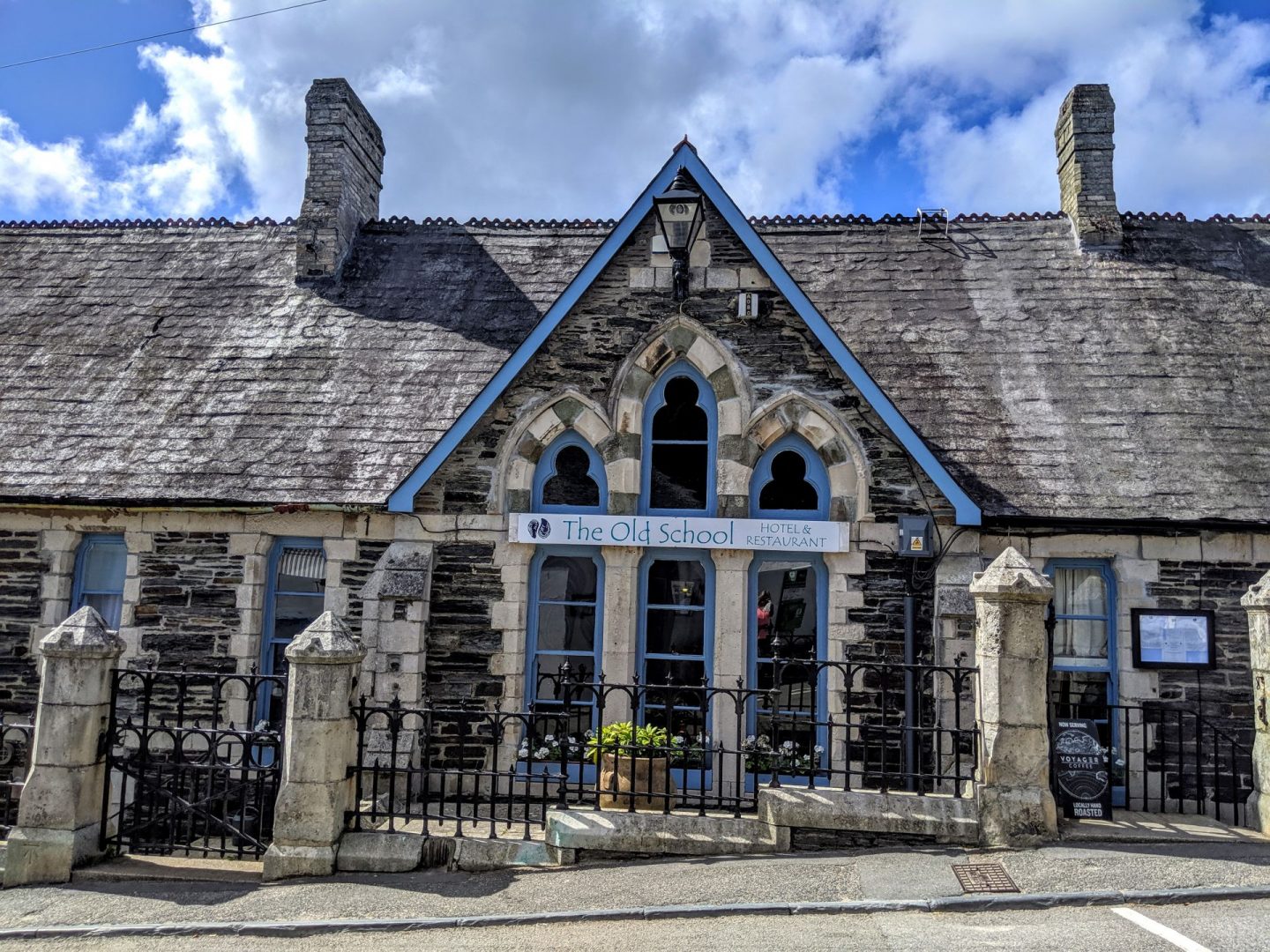
Although only a small village it is easy to get lost among the narrow streets, with there twists and turns. Port Isaac also boasts one of the narrowest passageways in Britain, a rather descriptively named ‘Squeezy Belly Alley’, a name that pretty accurately decribes the alleyway between two whitewashed stone cottages. The alleyway is also known as Temple Bar.
You could spend hours here simply winding your way through the narrow streets and absorbing the welcoming atmosphere which only a Cornish fishing village can offer. Pause a while on the harbourside to watch the activities of the fishermen landing their daily catch, and pop in and out of the galleries and charming shops which line the streets. Port Isaac Pottery is a creative haven within the old Roscarrock Methodist Chapel and features a range of handmade pottery, gifts and photography, as well as a charming café.
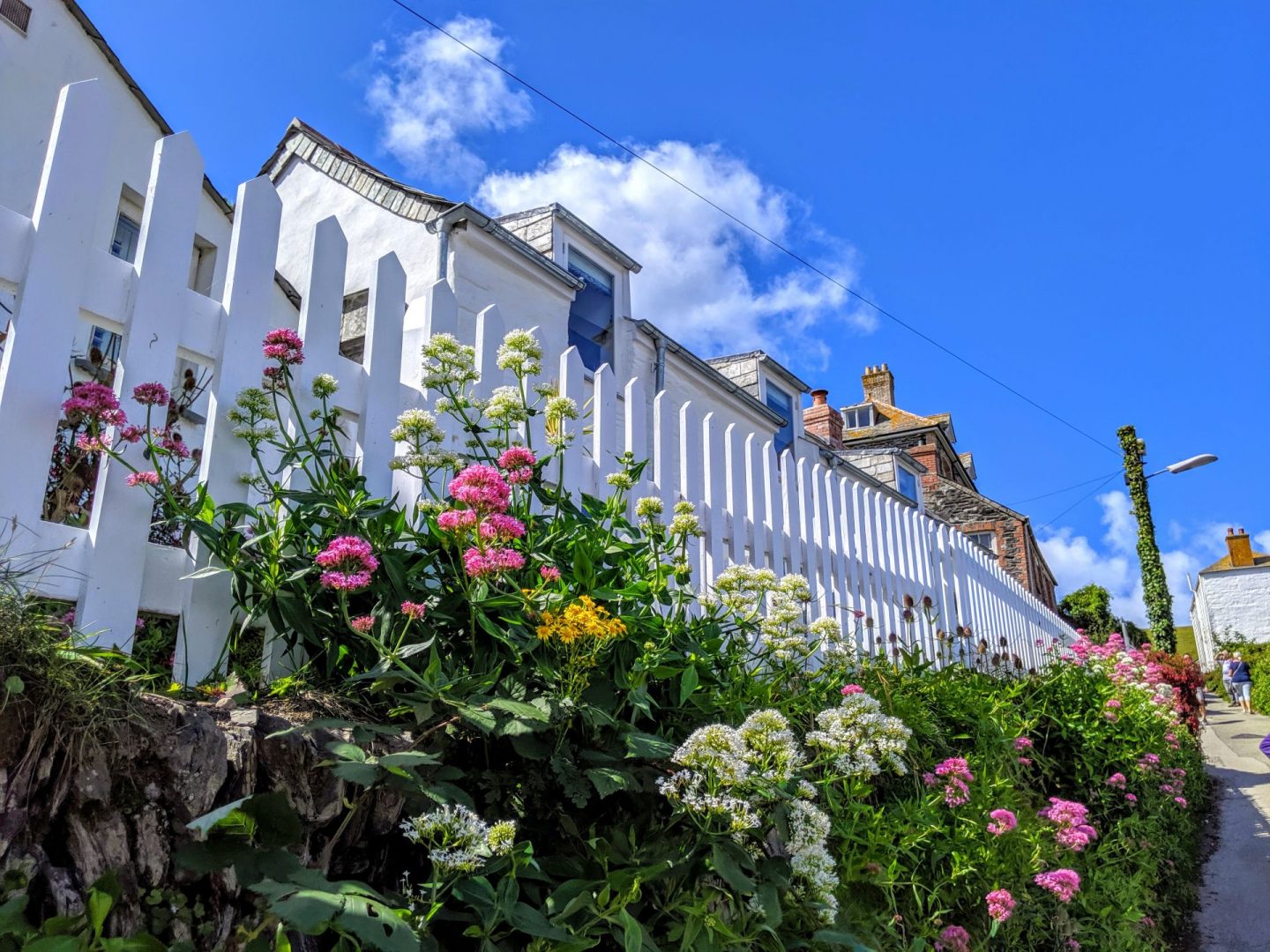
The parish church is dedicated to St Peter and was built in 1882 in the Early English style so beloved by Victorian church architects. There are – or were – three Nonconformist places of worship. In 1806 a Quaker Meeting House opened, but this was used by a Baptist congregation from 1832 and is now a private dwelling. There are two Methodist chapels, both now closed and used for other purposes.
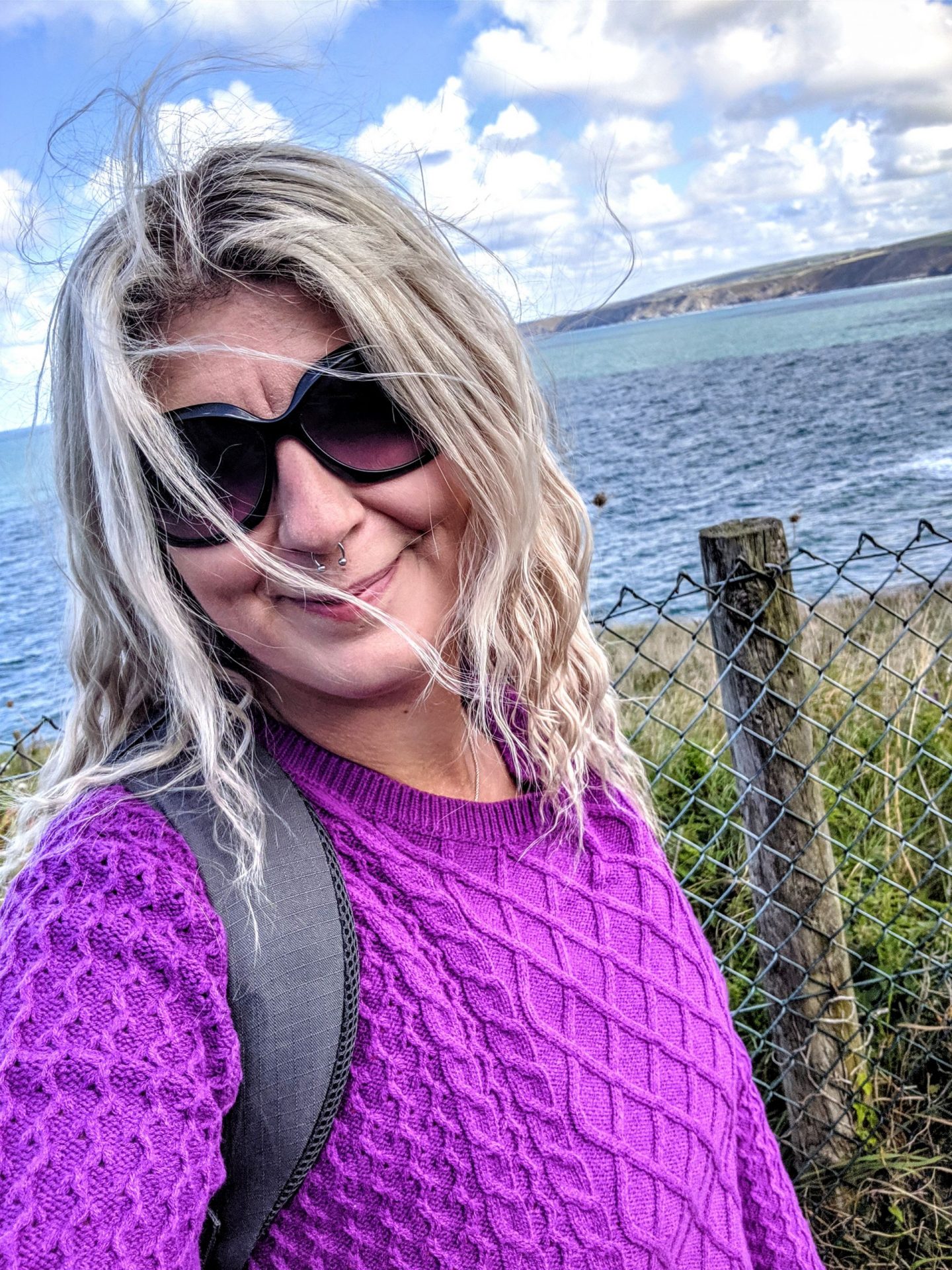
The village took shape before the dawn of the motor vehicle, which makes navigating the narrow lanes by car tricky at best. I highly advise you to leave your vehicle at the top in St Endellion car park, and take a leisurely meander down. The best bit about being in Cornwall is embracing the Cornish lifestyle and not stressing about things. I walked down to the village slowly taking everything in while stuffing an ice cream into my mouth. For the first time in months I was living without a timetable and I was loving it.
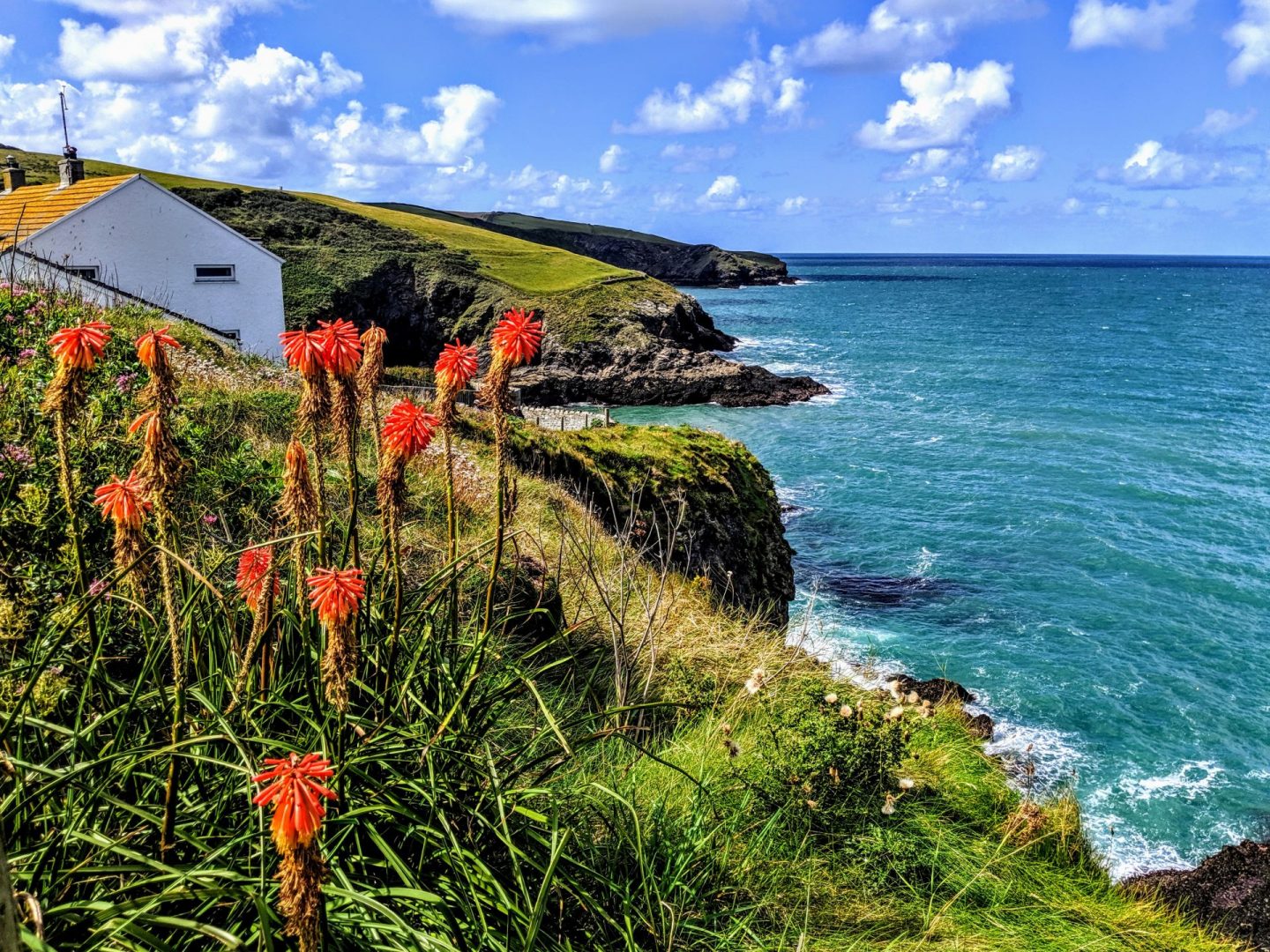
The area, Port Isaac sits within an Area of Outstanding Natural Beauty, meaning that the stretch of the South West Coast Path which extends in both directions offers some truly breathtakingwalks. Just around the corner from Port Isaac within half a mile walk is the gorgeous cove of Port Gaverne, which harbours a wonderfully sheltered sandy beach where rockpools provide hours of entertainment for little ones. Energise yourselves for the stroll back to Port Isaac with a tasty meal in the 17th century inn.


